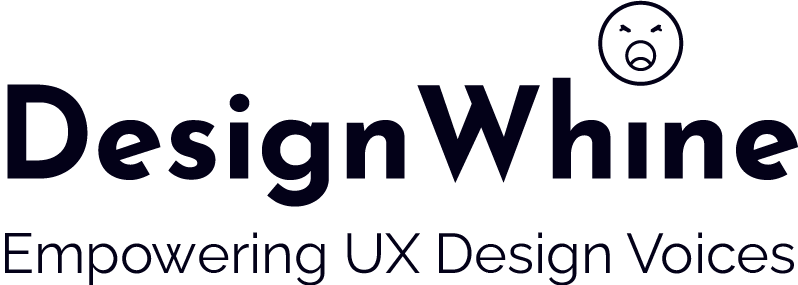What satisfies a designer’s creative hunger better – product or service based organisation?
The beauty of a design process is that it is standardized yet custom at the same time. In a service organisation, we nearly follow a similar process for every project. The difference lies in the amount of time spent on specific steps of the process which in turn is based on the needs, the budget and the artefacts provided by the client.
On the other hand, in a product organization the design process depends on identifying a market opportunity, clearly defining a problem, carving a solution and then validating that solution with end users. After the product is well established in the market, the process typically remains more or less the same.
In a service organisation, each project can essentially behave like a product, thereby making a designer feel that they’re working on something new each time they are assigned a project. Unlike in product organisations, where the whole concept becomes a bit uneventful at times. However, there are times when product organisations take the cake.
Liberty To Experiment
When it comes to products, design systems are in place. The UX team tends to reuse the components to give actual feel to the stakeholders which brings down the difference between UX and UI. The dev team also has components pre-built. So production becomes super fast when the thinking is right and all that we have to focus is on getting the right UX. This gives a designer a lot more liberty to experiment and to venture off to areas where otherwise the time would have been spent in building design systems.
When doing it for a client in service organisations, we tend to make it as interesting and unconventional as possible depending on the project. There are frequent discussions between the UX and UI team to make it better. However, there are constraints in a project that might not let us go experimental in our approach and all our approaches are somewhat limited to the wills and fancies of the client.
Learning New Domains
What gives designers an adrenaline rush is to see their visualizations come to life. That is taken away to a large extent in the case of a product design. It does bring along a lot of in-depth domain knowledge to the table for sure. But, it still becomes a challenge to keep up with the overflowing creative juices of the team that have to be put to hold.
On the contrary, with every new client in a service industry, we get to learn a lot about a new industry. Also, the composition of the team keeps changing and you learn a lot from other designers and their experiences with clients. This gives us a lot of new ideas and inspirations. A lot of this reflects in the work too.
Conclusion
From what I’ve experienced and felt (although this is strictly my opinion), service design organizations bring in the third point of view which helps find mediating grounds between the needs of the users and the business goals and thus keep a perspective fresh.
This gets diminished when a design team is home in product organisations. They get a taste of what is going to happen to their recommendations and hence they normalize them to what would get a quick turn around.
To conclude, I would say each has its own merits and demerits and while the service organisation offers knowledge of newer domains with projects they have constraints in limited budgets, myopic visions of the client and less encouragement to explore. On the other hand, the product organizations, while giving a lot of liberty to be exploratory, become monotonous if the product is limited in its scope.








